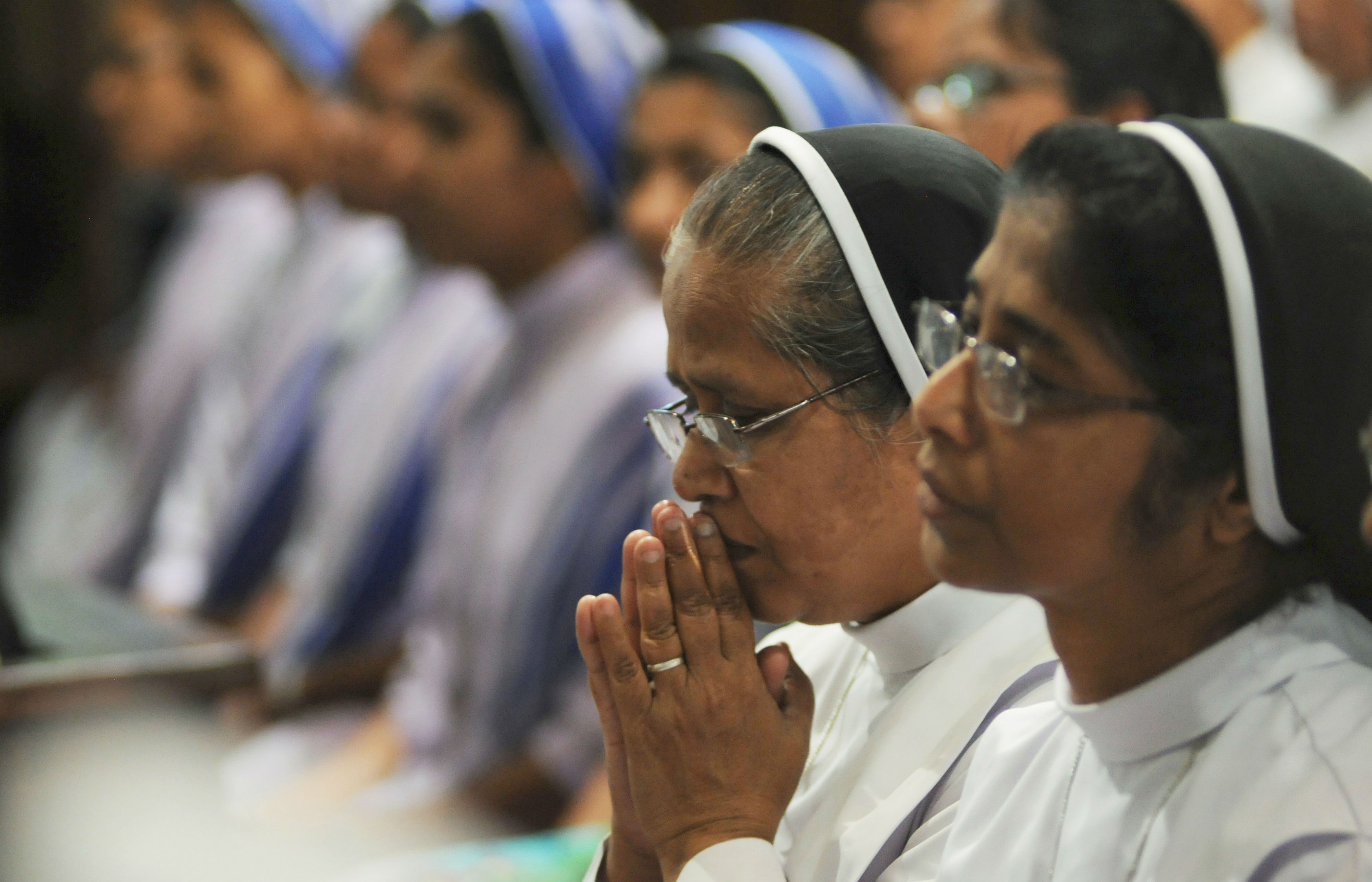The Cardinal leading the Vatican’s divine worship office has called for a truce in the Church’s liturgy wars and has set out steps for a “reconciliation" between the old and new forms of the Mass.
Cardinal Robert Sarah wants an end to battles between supporters of the extraordinary form of the liturgy, and those in favour of the ordinary celebration of the Mass which grew out of the Second Vatican Council.
A lifting of restrictions on celebrating the pre-conciliar liturgy were made a decade ago by Benedict XVI’s ruling Summorum Pontificum, which allowed for greater use of the old rite. This version of the Mass is conducted by a priest saying prayers in Latin which are mostly inaudible and with his back to the people in order to face east, known as ad orientem. Devotees of this form of the Mass praise it for its otherworldly mystery and as a pathway to contemplation.
But critics said Benedict XVI’s decision was a divisive move which called into question the reforms of the 1962-65 council: this allowed for the Mass to celebrated in vernacular languages and with a stress on the “active participation” of people. The reformed “ordinary form” of the liturgy is the one celebrated in the vast majority of parishes across the globe.
Cardinal Sarah, writing in French magazine La Nef to mark ten years since Summorum Pontificum, now wants to reconcile the rites with a new, shared calendar for when feast days are celebrated along with ensuring both forms of the Mass use the same scripture readings at the same time. Under Benedict XVI a committee worked for many years in this area but to no avail.
The Guinean prelate’s move is on the one hand a conciliatory move given the cardinal has been largely promoting the wishes of traditionalists during his period in office.
In his article, the cardinal calls for an end to the phrase the “reform of the reform” an idea pushed by those who want the ordinary form of the Mass to be more like the old rite.
“Reform of the reform’ has become synonymous with dominance of one clan over the other,” the cardinal writes in French. “This expression may then become inappropriate, so I prefer to speak of liturgical reconciliation. In the Church, the Christian has no opponent!”
Last year, during a speech in London, the cardinal said “we can’t dismiss the possibility or the desirability of an official reform of the liturgical reform,” and made an appeal for priests to start saying Mass while facing east. But soon afterwards he met with the Pope who, according to a Vatican statement, told the cardinal that no directives in this area were to be given while the Holy See spokesman said the phrase “reform of the reform” should be avoided.
But while the cardinal is calling for reconciliation, he also wants the ordinary version of the Mass to take on elements from the extraordinary such as more use of Latin and encouraging priests to say certain prayers in silence. In April of this year, Cardinal Sarah denounced the “disaster, the devastation and the schism that the modern promoters of a living liturgy” and said that the Church after Vatican II had abandoned its “Christian roots”.
In his Le Nef article, the cardinal also proposes the newer form of the liturgy adopt the following: communion to be received kneeling and on the tongue, the inclusion of “Prayers at the Foot of the Altar” which take place in the old rite and for the priest to ensure that after consecrating the host that the fingers which touched it remain united.
The cardinal states that those who use the old rite of the Mass to call Vatican II into question are “gravely wrong” but also states that council’s reforms did not “contradict” what had gone before.
“It would thus be wrong to consider the two different forms of liturgy as showing two opposing theologies,” he explains.
“It is a priority that, with the help of the Holy Spirit, we can examine through prayer and study, how to return to a common reformed rite always with this goal of a reconciliation inside the Church,” the cardinal writes. “For now, there is still violence, contempt and hurtful opposition that destroys the Church and pushes us farther away from this unity that Jesus prayed for and died on the cross for.”
To supporters of the old rite, he stresses that the liturgy is not a “museum object” but instead can be “fruitful for the Christians of today.” Cardinal Sarah also argues it is essential that those attending the extraordinary form have a form of “active participation” in the liturgy, and that the scripture readings - which are often read in Latin - are understood by people in the pews.
When it comes to the newer liturgy, he wants the priest to take a less prominent role and wants a large cross on the altar which can be seen everyone and so this becomes “a point of reference for all.”
Additional reporting: Isabella Haberstock de Carvalho
PICTURE: Cardinal Sarah



 Loading ...
Loading ...